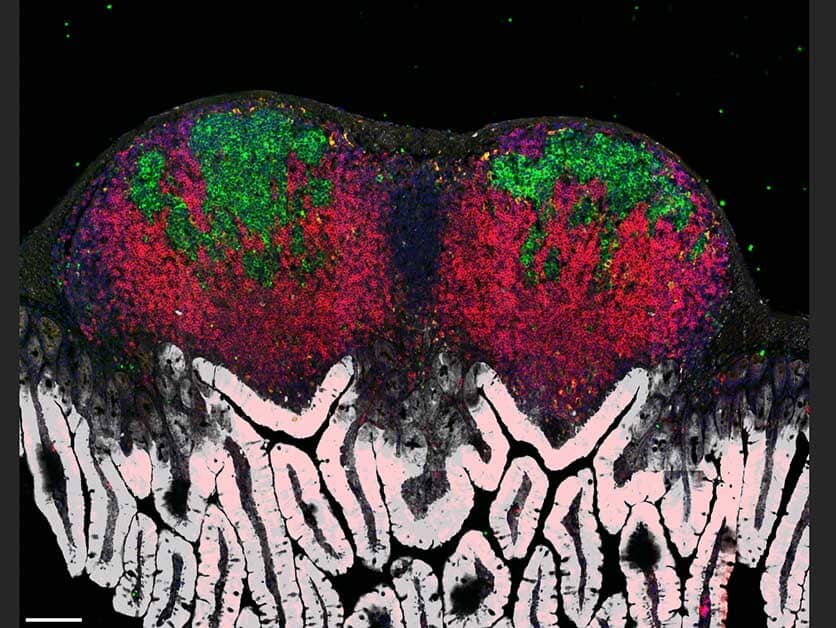FAIRFAX, Va. (AP) — Thomas E. Lovejoy, a leading conservation biologist who is credited with popularizing the term “biological diversity,” has died. He was 80.
His death on Saturday was announced by George Mason University, where he was director of the Institute for a Sustainable Earth, and the Amazon Biodiversity Center, which he founded.
Lovejoy’s research brought him to the Amazon in the 1960s and he became a passionate advocate for tropical rainforests. He helped run a project in Brazil to protect and restore threatened forest fragments. The National Geographic Society gave Lovejoy a grant in 1971 to study rainforest birds in the Amazon and he played various roles with the society in the five decades that followed. “To know Tom was to know an extraordinary scientist, professor, adviser and unyielding champion for our planet,” Jill Tiefenthaler, National Geographic’s chief executive officer wrote in a blog post. He also served stints at the Smithsonian Institution, at the World Bank and as a science and environment adviser under several different presidents.
Note: This article have been indexed to our site. We do not claim legitimacy, ownership or copyright of any of the content above. To see the article at original source Click Here













